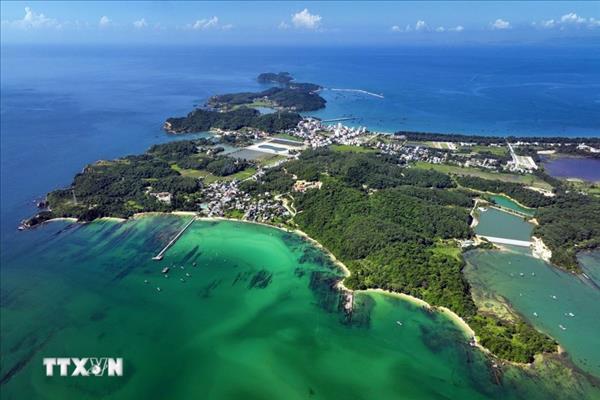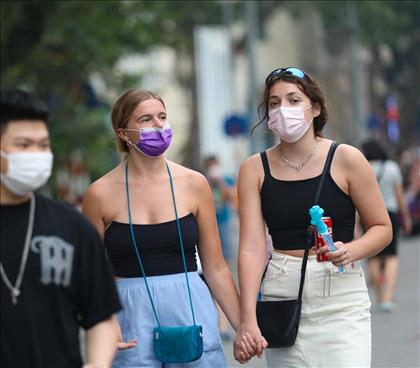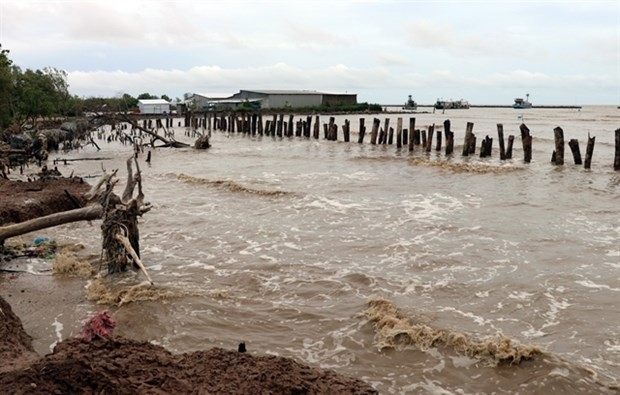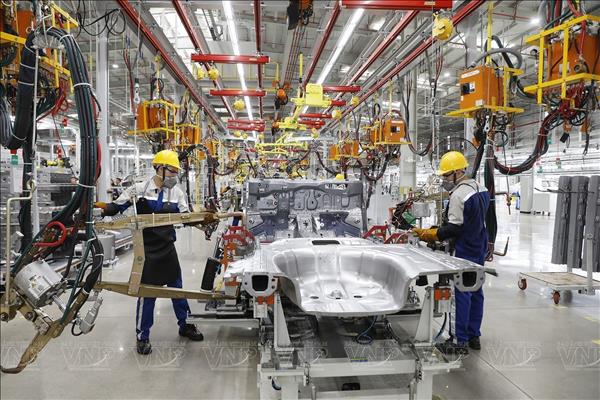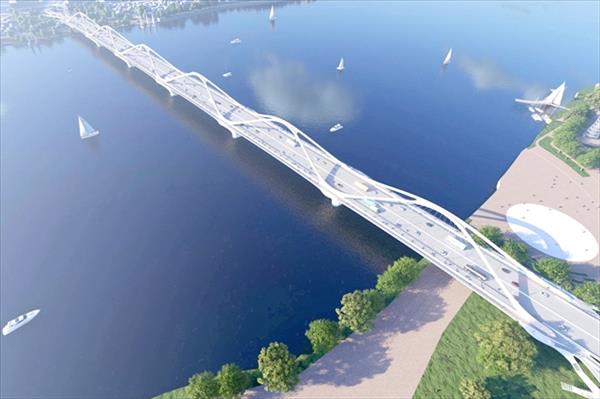Quy made the statement at a meeting of the city’s Steering Committee for COVID-19 Prevention and Control on August 18.
Starting at 0:00 on August 19, food and beverage places must arrange seats at least a metre from each other and partitions are encouraged, Quy said.
Staff at restaurants and cafes must wear masks and measure customers’ temperatures. Hand sanitiser must be available while frequently-contacted objects should be cleaned regularly.
The move is believed to be necessary to prevent the spread of COVID-19.
Hoang Duc Hanh, Deputy Director of the municipal Department of Health, said the city was home to many large and central-level hospitals. A large number of people coming from other provinces for medical examination and treatment have increased the risk of infection.
He also said that people’s compliance with disease prevention measures at the moment was not as good as in the previous period, especially in restaurants.
As a result, the risk of infection from hospitals and restaurants in the coming days was very high.
Deputy Director of the Hanoi Centre for Disease Control (CDC) Truong Quang Viet agreed, saying some people had become complacent and ignored prevention measures.
Inspections by the CDC had found mask-wearing and disinfection measures in offices had not been conducted thoroughly.
Some offices had not devised a response plan if an infection was detected in the workplace.
Nguyen Sy Truong, Vice President of the city’s Fatherland Front Committee, said localities should be decisive in encouraging people not to go out unless it was really necessary and those who didn’t wear masks in public places must be strictly dealt with.
“The whole community will suffer if just a few people do not comply with disease prevention measures. To prevent the spread of the disease depends largely on people’s awareness,” he said.
Viet suggested COVID-19 testing should be performed on the elderly in nursing homes and patients in intensive care or those with underlying conditions including heart disease or stroke.
Quy said COVID-19 was still under control in the city. However, he said, if prevention work in hospitals was not good enough, then cross-infection would be a problem.
There might be more cases in Hanoi but the risk of a widespread outbreak was not high, he said.
Quy asked districts and agencies to continue to observe rules on COVID-19 prevention measures.
Local residents should be advised not to gather in groups of more than 30 people in public places and visit the health facilities if they have such symptoms as high fever and difficulty in breathing.
It is reported that more than 100,000 people have returned from Da Nang – a COVID-19 hotspot - to Hanoi, including some 77,150 returnees from July 15.
The city has carried out quick testing for more than 75,100 people and PCR, a real-time reverse transcription polymerase chain reaction, testing for 50,602 others. The city is striving to quickly complete the implementation of RT-PCT testing for all people who visited Da Nang and returned to Hanoi from July 15-29 to August 20.
Hanoi has recorded 33 COVID-19 cases since July 25. Of those, 10 are local infections and the remaining are imported cases who are quarantined upon arrival./.
VNA/VNP


